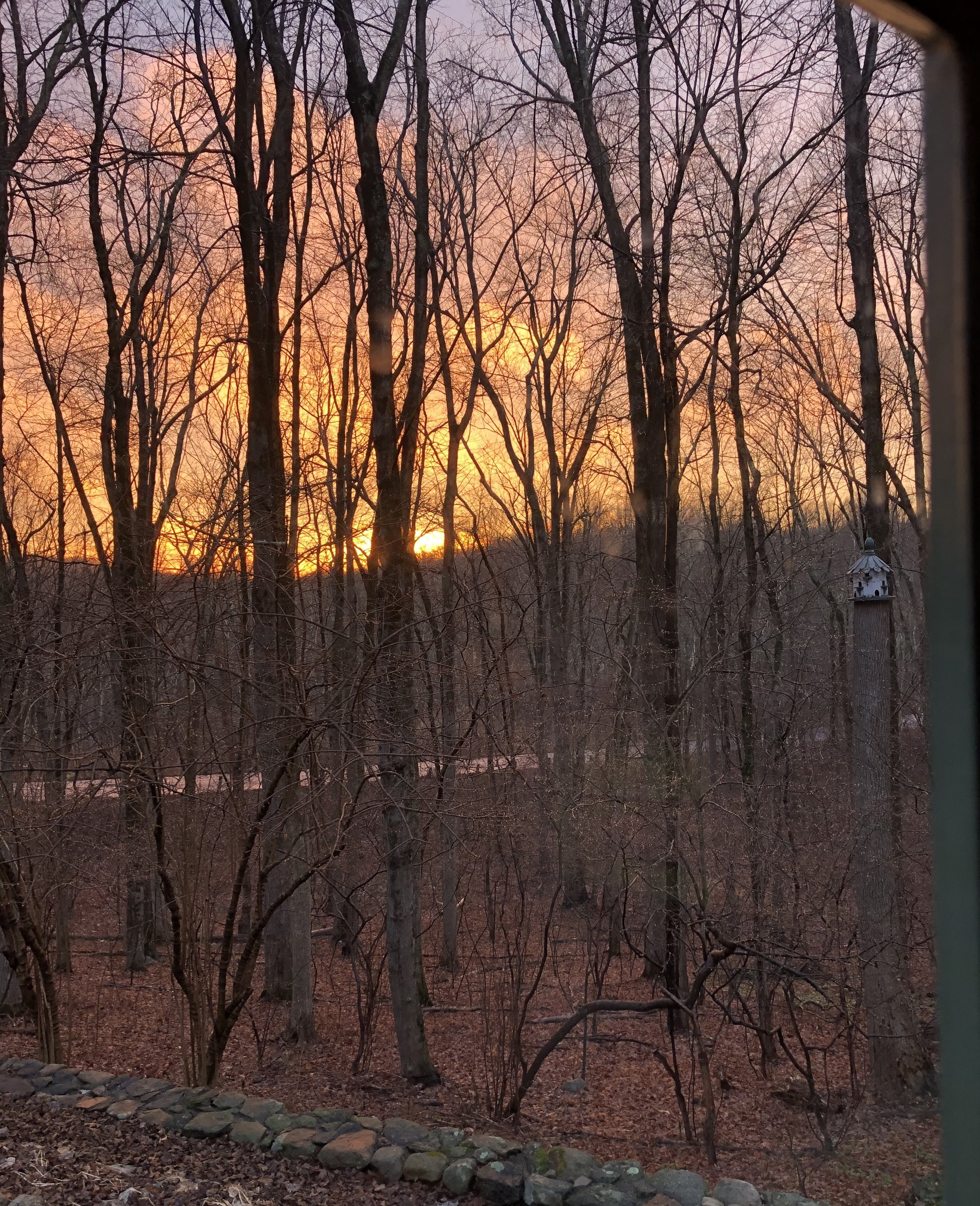What happens to fallen leaves in winter?
Even after they fall to the ground, leaves serve a purpose. Leaves decompose at the feet of trees and return nutrients to the soil that will support the trees’ spring growth. In winter, microbes and insects come into contact with the dead leaves, breaking them apart both chemically and physically. This is called the nutrient cycle.
If all the leaves are removed from the ground, it takes away the natural source of organic matter that helps enrich the soil. And fallen leaves help protect the soil from erosion by adding to its water-holding capacity, allowing more water to infiltrate into the ground, especially important during extreme weather events and flooding.
Once trees have shed their leaves, they enter a period of dormancy during the winter months and are, essentially, asleep.
Winter dormancy
How do trees survive the winter? Trees prepare for winter by sending their most vital nutrients down to their roots.
While sleeping, trees metabolic activity slows down and they conserve energy, surviving on basic maintenance processes, rather than active growth and photosynthesis. Trees live off stored sugars for sustenance. The sugars preserve the health of the roots and vascular system, and also act like an antifreeze, decreasing the freezing point of individual cells within trees.
Trees remain in this dormant state until the days lengthen again. This seasonal cycle of shedding old leaves and growing new ones allows them to survive.
"In the end we will conserve only what we love, we will love only what we understand, and we will understand only what we are taught." – Baba Dioum, a conservationist and environmentalist, in a 1968 speech to the International Union for the Conservation of Nature and Natural Resources.

